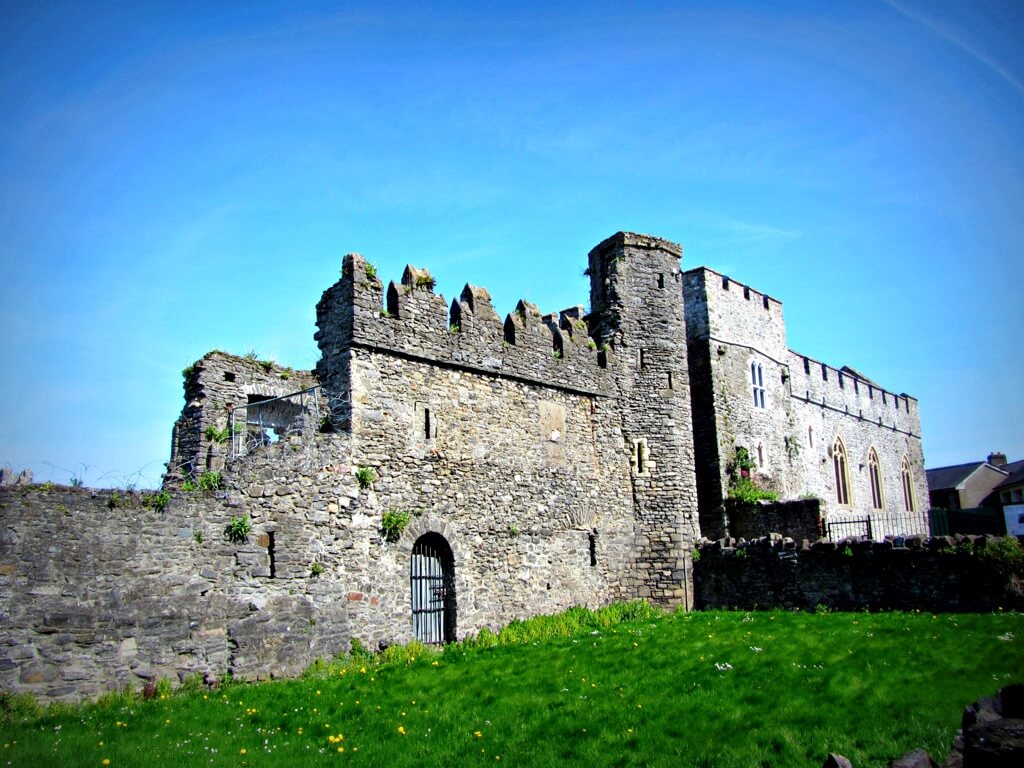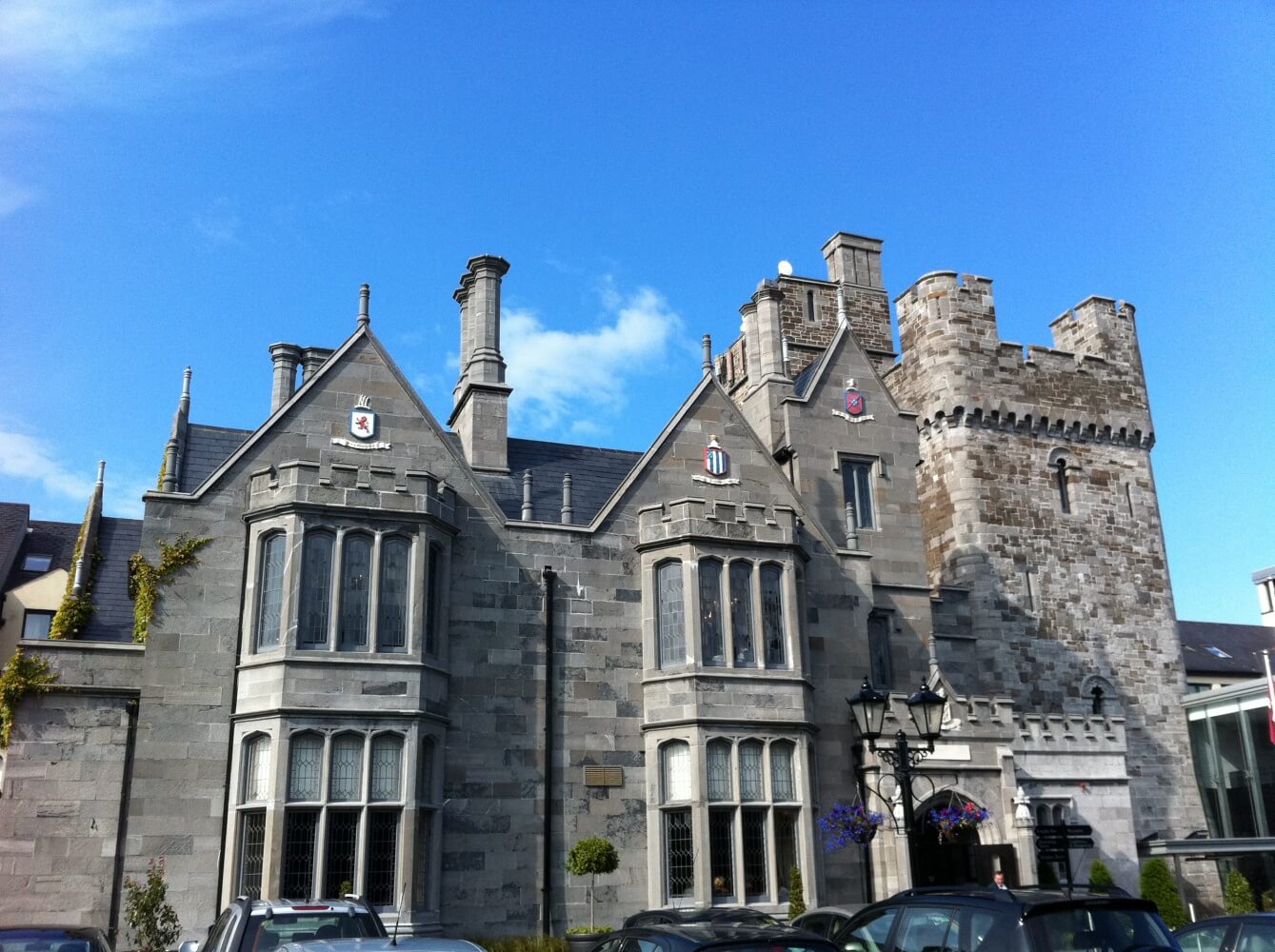Clontarf Castle
Dublin 3 County Dublin Ireland
castle, chateau
Clontarf Castle (Irish: Caisleán Chluain Tarbh) is a much-modernised castle, dating to 1837, in Clontarf, Dublin, Ireland, an area famous as a key location of the Battle of Clontarf in 1014
Previous names
Clontarf Castle
Description
Clontarf Castle (Irish: Caisleán Chluain Tarbh) is a much-modernised castle, dating to 1837, in Clontarf, Dublin, Ireland, an area famous as a key location of the Battle of Clontarf in 1014. There has been a castle on the site since 1172. In modern times, it has functioned as a bar, cabaret venue, and hotel.
History
The deLacy family and the Templars
The first castle on the grounds, of which no trace remains, was built in 1172 by either Hugh de Lacy, Lord of Meath, or his tenant Adam de Phepoe. Clontarf was subsequently held by the Knights Templar and, after their suppression in 1308, passed to the Knights Hospitaller, until they were in turn deprived of it at the Dissolution of the Monasteries. The last prior, John Rawson was created Viscount Clontarf in 1541 in return for surrendering the castle and its lands to the crown.
16th century to 17th century
In 1600 Queen Elizabeth I granted the estate to Sir Geoffrey Fenton, her secretary of state for Ireland, and it passed by marriage from his descendants to the King family. George King of Clontarf took part in the Irish Rebellion of 1641 and as a result his lands were confiscated.
The Vernon family
Clontarf Castle - geograph.org.uk - 395705.jpg
At the Cromwellian conquest of Ireland, the Clontarf estate was given to Captain John Blackwell, on 14 August 1649. Blackwell afterwards sold his interest to John Vernon, Quartermaster General of Cromwell's army. The Vernon family was to remain in possession for some 300 years.
In 1660, John Vernon, passed Clontarf Castle to his son, Edward Vernon. Edward died in 1684 and one of his sisters took possession. In 1695 a first cousin of Edward's, also named John Vernon, claimed rights and the estate was granted to him by an Act of Parliament in 1698.[1]
The last of the direct male line of Vernons at Clontarf was Edward Kingston Vernon (1869–1967), who succeeded to the estate on the death of his father Edward in 1913. He lived at the castle for only six months, after which time it was let to John George Oulton and his wife Mona, the only daughter of Walter Blades Calverley by Vernon's sister Edyth. The castle was finally sold to the Oultons in 1933.
JG Oulton, who took over the Vernon estate, died in the castle on 17 April 1952, and the Castle was left to his son, Desmond, who sold the property to pay death duties and other expenses.
1957 to 1997
The Castle remained vacant until 1957 when it was purchased by Mrs. Egan, who in turn sold it not long after to Eddie Regan in the 1960s. Gerry and Carmel Houlihan purchased the building in 1972 and ran it as a popular cabaret venue until 1998.
Conversion to hotel
The Castle re-opened to the public as a four-star, 111-room hotel in June, 1997.
Useful information
Clontarf Castle Hotel has ample FREE car parking for 180 cars.
Hotel
External links
Nearby castles

Dublin Castle
Dublin 8
4.7km
castle, chateau

Ashtown Castle
Dublin 8
8.2km
castle, chateau

Howth Castle
Dublin
8.8km
castle, chateau

Rathfarnham Castle
Dublin
9.0km
castle, chateau

Malahide Castle
Malahide
9.3km
castle, chateau

Dunsoghly Castle
Kilshane Cross
10.1km
castle, chateau

Swords Castle
Swords
10.7km
castle, chateau

